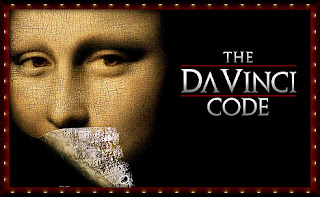In 2003, Dan Brown’s publishing phenomenon, The Da Vinci Code, hit the world with a splash. The book popularized the ideas of Gnosticism, in addition to quite a few of Brown’s own ideas packaged in a pseudo-historical gloss.
I never read the book, but my wife and I did watch the film so I could write a review of it. Around the same time that we watched the film, I read in the papers that the National Geographic Society was announcing the publication of a new Gnostic document, the so called, Gospel of Judas.
Suddenly it was no longer merely historians and academics who were interested in Gnosticism. Everyone from the dentist to my neighbour seemed to be talking about issues of Christian origins and the historical Jesus.
Were the four gospels written to supress the truth of the real Jesus, who may never have even claimed to be divine? Might the historical Jesus have actually been an esoteric Gnostic sage whose true career was subsequently covered up by the church? Were the ancient Gnostics the true followers of Christ? These were the types of questions that I kept hearing people ask, prompting me to take an interest in this ancient heresy.
Keep reading...

No comments:
Post a Comment